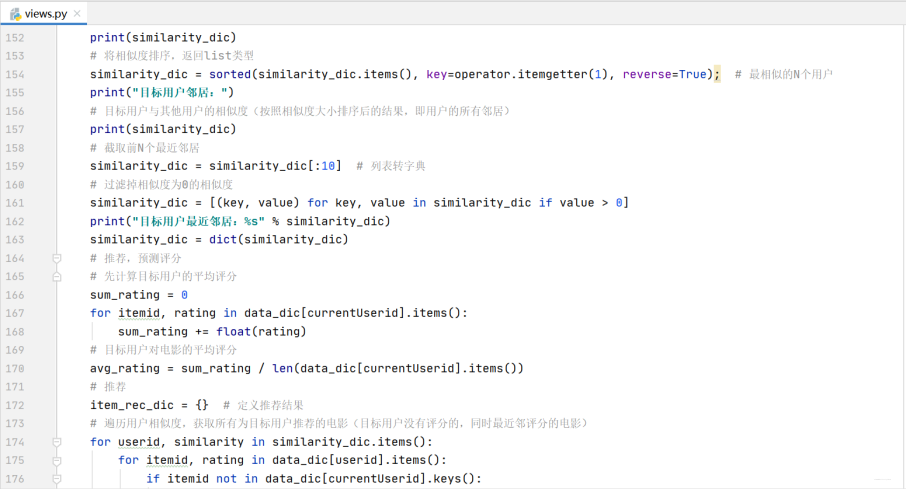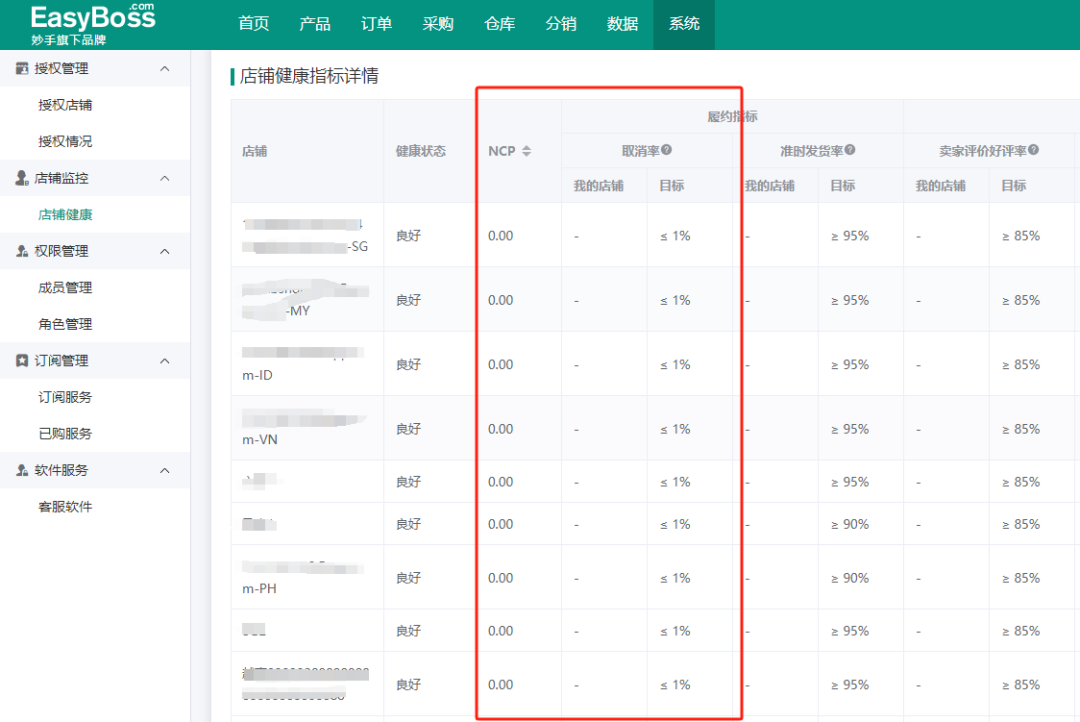目录
容器适配器
什么是容器适配器
编辑stack
stack的了解和使用
使用举例
题目加深
模拟实现
功能实现
测试文件
编辑queue
queue的了解和使用
使用举例
题目加深
模拟实现
功能实现
测试文件
priority_queue
priority_queue的了解和使用
使用举例
题目加深
模拟实现
功能实现
测试文件

容器适配器
什么是容器适配器
适配器是一种设计模式(设计模式是一套被反复使用的、多数人知晓的、经过分类编目的、代码设计经验的总结),该种模式是将一个类的接口转换成客户希望的另外一个接口。
 stack
stack
stack的了解和使用

| 函数说明 | 接口说明 |
| stack() | 构造栈 |
| empty() | 检测stack是否为空 |
| size() | 返回stack中有效元素的个数 |
| top() | 返回栈顶元素的引用 |
| push() | 将元素val压入stack中 |
| pop() | 将元素弹出stack中 |
使用举例
int main()
{
// 默认展开std
// stack
// 构造方面
stack<int> st; // 空栈
st.push(1); // 栈顶插入
st.push(2);
st.push(3);
st.push(4);
st.push(5);
while (!st.empty())
{
cout << st.top() << " ";
cout << "size:" << st.size() << endl;
st.pop();
}
return 0;
}
题目加深
155. 最小栈 - 力扣(LeetCode)

class MinStack {
public:
MinStack() {
}
void push(int val) {
// 如果最小栈为空或者val元素小于等于最小栈的栈顶元素,则插入最小栈
// 注意:等于时也要插入,防止正常栈删除时最小栈的元素未删除的情况
if(_minst.size() == 0 || val <= _minst.top())
{
_minst.push(val);
}
_st.push(val);
}
void pop() {
// 如果栈顶元素相同都要删除
if(_st.top() == _minst.top())
{
_minst.pop();
}
_st.pop();
}
int top() {
return _st.top();
}
int getMin() {
return _minst.top();
}
private:
stack<int> _st; // 正常栈
stack<int> _minst; // 最小栈
};栈的压入、弹出序列_牛客题霸_牛客网 (nowcoder.com)
class Solution {
public:
/**
* 代码中的类名、方法名、参数名已经指定,请勿修改,直接返回方法规定的值即可
*
*
* @param pushV int整型vector
* @param popV int整型vector
* @return bool布尔型
*/
bool IsPopOrder(vector<int>& pushV, vector<int>& popV) {
// write code here
stack<int> st;
int i = 0;
for(auto& e : pushV)
{
st.push(e);
while(!st.empty() && st.top() == popV[i])
{
st.pop();
++i;
}
}
return st.empty();
}
};
150. 逆波兰表达式求值 - 力扣(LeetCode)

class Solution {
public:
int evalRPN(vector<string>& tokens) {
stack<int> st;
for(size_t i = 0; i < tokens.size(); ++i)
{
string& in = tokens[i];
if(!(in == "+" || in == "-" || in == "*" || in == "/"))
{
st.push(atoi(in.c_str()));
}
else{
int right = st.top();
st.pop();
int left = st.top();
st.pop();
switch(in[0])
{
case '+':
st.push(left + right);
break;
case '-':
st.push(left - right);
break;
case '*':
st.push(left * right);
break;
case '/':
st.push(left / right);
break;
}
}
}
return st.top();
}
};模拟实现
功能实现
template<class T>
class Stack
{
public:
void push(const T& val) { _v.push_back(val); }
void pop() { _v.pop_back(); }
size_t size(){ return _v.size(); }
bool empty() { return _v.empty(); }
const T& top() const { return _v.back(); }
T& top() { return _v.back(); }
private:
vector<T> _v;
};测试文件
int main()
{
ouyang::Stack<int> st;
st.push(1);
st.push(2);
st.push(3);
st.push(4);
st.push(5);
while (!st.empty())
{
cout << st.top() << " ";
cout << "size:" << st.size() << endl;
st.pop();
}
return 0;
} queue
queue
queue的了解和使用

| 函数声明 | 接口说明 |
| queue() | 构造空队列 |
| empty() | 检测队列是否为空 |
| size() | 返回队列中有效元素个数 |
| front() | 返回队头元素的引用 |
| back() | 返回队尾元素的引用 |
| push() | 在队尾将元素val插入 |
| pop() | 将队头元素出队列 |
使用举例
int main()
{
queue<int> q;
q.push(1);
q.push(2);
q.push(3);
q.push(4);
q.push(5);
while (!q.empty())
{
cout << "front" << q.front() << " ";
cout << "back" << q.back() << " ";
cout << "size" << q.size() << " ";
q.pop();
cout << endl;
}
return 0;
}
题目加深
225. 用队列实现栈 - 力扣(LeetCode)

class MyStack {
public:
MyStack() {}
void push(int x) {
_q1.push(x);
}
int pop() {
int num = 0;
if (!_q1.empty()) {
while (_q1.size() > 1) {
_q2.push(_q1.front());
_q1.pop();
}
num = _q1.front();
_q1.pop();
}
else{
while (_q2.size() > 1) {
_q1.push(_q2.front());
_q2.pop();
}
num = _q2.front();
_q2.pop();
}
return num;
}
int top() {
if (!_q1.empty()) {
return _q1.back();
} else {
return _q2.back();
}
}
bool empty() {
return _q1.empty() && _q2.empty();
}
private:
queue<int> _q1;
queue<int> _q2;
};模拟实现
功能实现
template<class T>
class Queue
{
public:
void push(const T& val) { _ls.push_back(val); }
void pop() { _ls.pop_front(); }
size_t size() const { return _ls.size(); }
bool empty() const { return _ls.empty(); }
T& front() { return _ls.front(); }
const T& front() const { return _ls.front(); }
T& back() { return _ls.back(); }
const T& back() const { return _ls.back(); }
private:
list<T> _ls;
};测试文件
int main()
{
ouyang::Queue<int> q;
q.push(1);
q.push(2);
q.push(3);
q.push(4);
q.push(5);
while (!q.empty())
{
cout << "front" << q.front() << " ";
cout << "back" << q.back() << " ";
cout << "size" << q.size() << " ";
q.pop();
cout << endl;
}
return 0;
}
priority_queue
priority_queue的了解和使用

| 函数声明 | 接口说明 |
| priority_queue() / priority_queue(first, last) | 构造一个空的优先级队列(堆) 使用迭代器构造一个优先级队列(堆) |
| empty() | 检测优先级队列(堆)是否为空 |
| top() | 返回优先级队列中最大(最小)的元素引用,即堆顶元素 |
| push(x) | 在优先级队列(堆)中插入元素x |
| pop() | 删除优先级队列中最大(最小)的元素引用,即堆顶元素 |
使用举例
int main()
{
// 默认情况下,创建的是大堆,其底层按照小于号比较
vector<int> v{ 3,2,7,6,0,4,1,9,8,5 };
priority_queue<int> q1;
for (auto& e : v)
q1.push(e);
cout << q1.top() << endl;
// 如果要创建小堆,将第三个模板参数换成greater比较方式
priority_queue<int, vector<int>, greater<int>> q2(v.begin(), v.end());
cout << q2.top() << endl;
return 0;
}

题目加深
215. 数组中的第K个最大元素 - 力扣(LeetCode)

class Solution {
public:
int findKthLargest(vector<int>& nums, int k) {
priority_queue<int> pq(nums.begin(), nums.end());
for(int i = 0; i < k-1; ++i)
{
pq.pop();
}
return pq.top();
}
};模拟实现
功能实现
template<class T>
struct less
{
bool operator()(const T& left, const T& right)
{
return left < right;
}
};
template<class T>
struct greater
{
bool operator()(const T& left, const T& right)
{
return left > right;
}
};
template<class T, class Container = std::vector<T>, class Compare = less<T>>
class Priority_queue
{
public:
Priority_queue() :_c() {};
template<class Iterator>
Priority_queue(Iterator first, Iterator last)
:_c(first, last)
{
int root = (_c.size() - 2) >> 1;
for (; root >= 0; --root)
{
AdjustDown(root);
}
}
void push(const T& val)
{
_c.push_back(val);
AdjustUp(_c.size() - 1);
}
void pop()
{
if (empty())
return;
swap(_c.front(), _c.back());
_c.pop_back();
AdjustDown(0);
}
size_t size() const { return _c.size(); }
bool empty() const { return _c.empty(); }
const T& top() const { return _c.front(); }
private:
void AdjustUp(int child)
{
int parent = (child - 1) >> 1;
while (child)
{
if (Compare()(_c[parent], _c[child]))
{
swap(_c[parent], _c[child]);
child = parent;
parent = (child - 1) >> 1;
}
else {
break;
}
}
}
void AdjustDown(int parent)
{
int child = parent * 2 + 1;
while (child < _c.size())
{
if (child + 1 < _c.size() && Compare()(_c[child], _c[child + 1]))
{
child += 1;
}
if (Compare()(_c[parent], _c[child]))
{
swap(_c[parent], _c[child]);
parent = child;
child = parent * 2 + 1;
}
else {
break;
}
}
}
Container _c;
};测试文件
int main()
{
// 默认情况下,创建的是大堆,其底层按照小于号比较
vector<int> v{ 3,2,7,6,0,4,1,9,8,5 };
ouyang::Priority_queue<int> q1;
for (auto& e : v)
q1.push(e);
cout << q1.top() << endl;
如果要创建小堆,将第三个模板参数换成greater比较方式
ouyang::Priority_queue<int, vector<int>, greater<int>> q2(v.begin(), v.end());
cout << q2.top() << endl;
return 0;
}



















